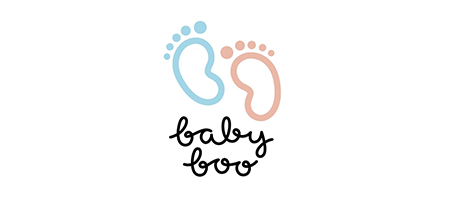Cleft lip and cleft palate are openings or splits in the upper lip, the roof of the mouth (palate) or both. Cleft lip and cleft palate result when facial structures that are developing in an unborn baby don’t close completely.
Cleft lip and cleft palate are among the most common birth defects. They most commonly occur as isolated birth defects but are also associated with many inherited genetic conditions or syndromes.
Symptoms
Usually, a split (cleft) in the lip or palate is immediately identifiable at birth. Cleft lip and cleft palate may appear as:
A split in the lip and roof of the mouth (palate) that affects one or both sides of the face
A split in the lip that appears as only a small notch in the lip or extends from the lip through the upper gum and palate into the bottom of the nose
A split in the roof of the mouth that doesn’t affect the appearance of the face
Less commonly, a cleft occurs only in the muscles of the soft palate (submucous cleft palate), which are at the back of the mouth and covered by the mouth’s lining. This type of cleft often goes unnoticed at birth and may not be diagnosed until later when signs develop. Signs and symptoms of submucous cleft palate may include:
Difficulty with feedings
Difficulty swallowing, with potential for liquids or foods to come out the nose
Nasal speaking voice
Chronic ear infections
When to see a doctor
A cleft lip and cleft palate are usually noticed at birth, and your doctor may start coordinating care at that time. If your baby has signs and symptoms of a submucous cleft palate, make an appointment with your child’s doctor.











